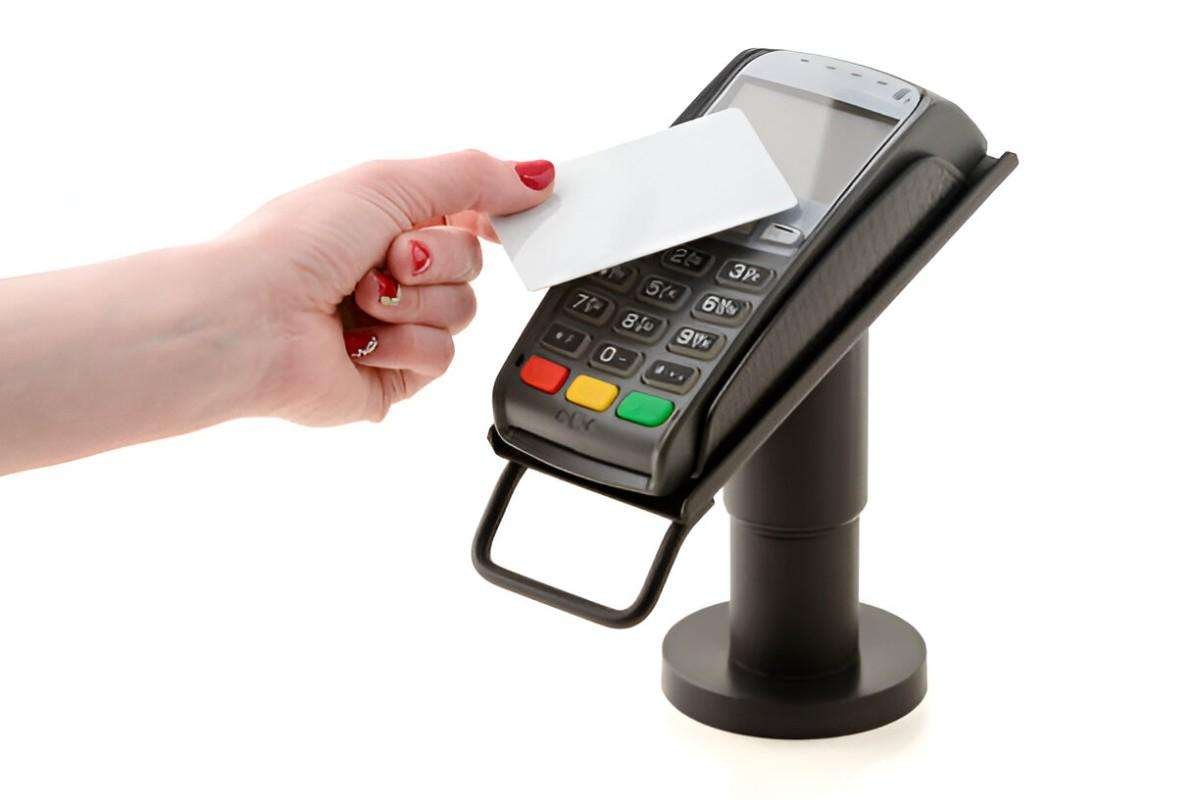Credit card skimmers pose a serious threat to personal financial security. As someone who values protecting financial information, I find it crucial to understand how these devices work and how to avoid them. In this article, I will explain what credit card skimmers are, the various types, how they function, and ways to prevent falling victim to them.
Table of Contents
What Is a Credit Card Skimmer?
A credit card skimmer is a device designed to steal card information without the cardholder’s knowledge. These devices are typically placed over or inside legitimate card readers, such as those found on ATMs, fuel pumps, and point-of-sale (POS) terminals. When an unsuspecting person swipes their card, the skimmer captures the card’s magnetic stripe data, which criminals can then use to create counterfeit cards or commit fraud.
How Credit Card Skimmers Work
Skimmers function by reading the magnetic stripe on the back of a card. This stripe contains essential information, including the card number, expiration date, and sometimes the cardholder’s name. Once the skimmer captures this data, the criminal can retrieve it using Bluetooth or physical access to the device. Some skimmers include small hidden cameras or fake keypads to record PIN entries, further compromising the victim’s financial security.
Types of Credit Card Skimmers
Credit card skimmers come in different forms. Below is a comparison of common types and their distinguishing features.
| Type | Description | Common Locations | Detection Method |
|---|---|---|---|
| Overlay Skimmers | Devices placed over existing card readers | ATMs, gas pumps | Inspect for loose fit |
| Internal Skimmers | Installed inside the machine, hidden from view | ATMs, POS systems | Hard to detect |
| Handheld Skimmers | Portable devices used by dishonest employees | Restaurants, shops | Monitor transactions |
| Bluetooth Skimmers | Devices that transmit stolen data wirelessly | ATMs, gas pumps | Check for odd signals |
Examples of Credit Card Skimming
To understand the impact of skimming, consider the following scenario. Suppose someone skims my card at a gas station. Within minutes, the criminal can clone my card and make unauthorized purchases online or in stores. If they withdraw cash from an ATM, they can empty my account before I even realize my card details were stolen.
Let’s assume my card has a daily withdrawal limit of $500. If the fraudster uses the card for five days before I notice and report it, they could steal $2,500. This highlights why quick detection is critical.
How to Detect a Credit Card Skimmer
Identifying a skimmer requires vigilance. Here are some practical steps I follow to spot potential skimming devices:
- Inspect the Card Reader: Before inserting my card, I check for loose parts or anything unusual about the machine. If the card reader moves or feels bulky, I avoid using it.
- Check for Hidden Cameras: Criminals often place tiny cameras near keypads to capture PIN entries. I look for suspicious attachments above or around the machine.
- Compare Machines: If there are multiple ATMs or fuel pumps, I compare them. A machine that looks different from the rest might have been tampered with.
- Use Contactless Payments: Where possible, I prefer tap-to-pay options to avoid swiping or inserting my card.
Preventing Credit Card Skimming
Taking proactive steps reduces the risk of becoming a victim. Here are some preventive measures I always take:
- Use ATMs in Secure Locations: I prefer bank ATMs inside branches rather than standalone ones in public areas.
- Monitor My Accounts Regularly: I check my bank statements and transaction history frequently to spot unauthorized activity.
- Set Up Alerts: Many banks offer instant notifications for card usage, helping me act quickly if I detect fraudulent transactions.
- Cover the Keypad: When entering my PIN, I always shield it with my hand to prevent hidden cameras from capturing it.
What to Do If You Fall Victim to a Skimmer
If I suspect my card details have been stolen, I take immediate action to minimize damage. The steps include:
- Contacting My Bank: I report the fraud and request my card to be blocked and replaced.
- Filing a Police Report: Reporting the incident helps authorities track down criminals and possibly prevent further fraud.
- Reviewing All Transactions: I carefully go through my recent transactions to identify any unauthorized purchases.
- Placing a Fraud Alert: I inform credit bureaus to place a fraud alert on my account to prevent further misuse.
The Rise of EMV Chip Cards and Skimming Prevention
EMV chip cards provide better security compared to traditional magnetic stripe cards. The chip generates a unique transaction code each time the card is used, making it harder for criminals to duplicate. Despite this improvement, skimming remains a threat, especially where chip technology is not widely adopted.
| Security Feature | Magnetic Stripe Cards | EMV Chip Cards |
|---|---|---|
| Data Encryption | No | Yes |
| Unique Transaction Code | No | Yes |
| Vulnerability | High | Low |
| Global Adoption | Widespread | Increasing |
Conclusion
Credit card skimming is a persistent issue that requires awareness and caution. By understanding how skimmers operate and adopting safe practices, I can protect myself from financial losses. Whether using ATMs, fuel pumps, or retail terminals, staying alert and taking preventive measures is the best defense against fraud. Regularly monitoring financial accounts and leveraging technology such as contactless payments can further reduce risks.





